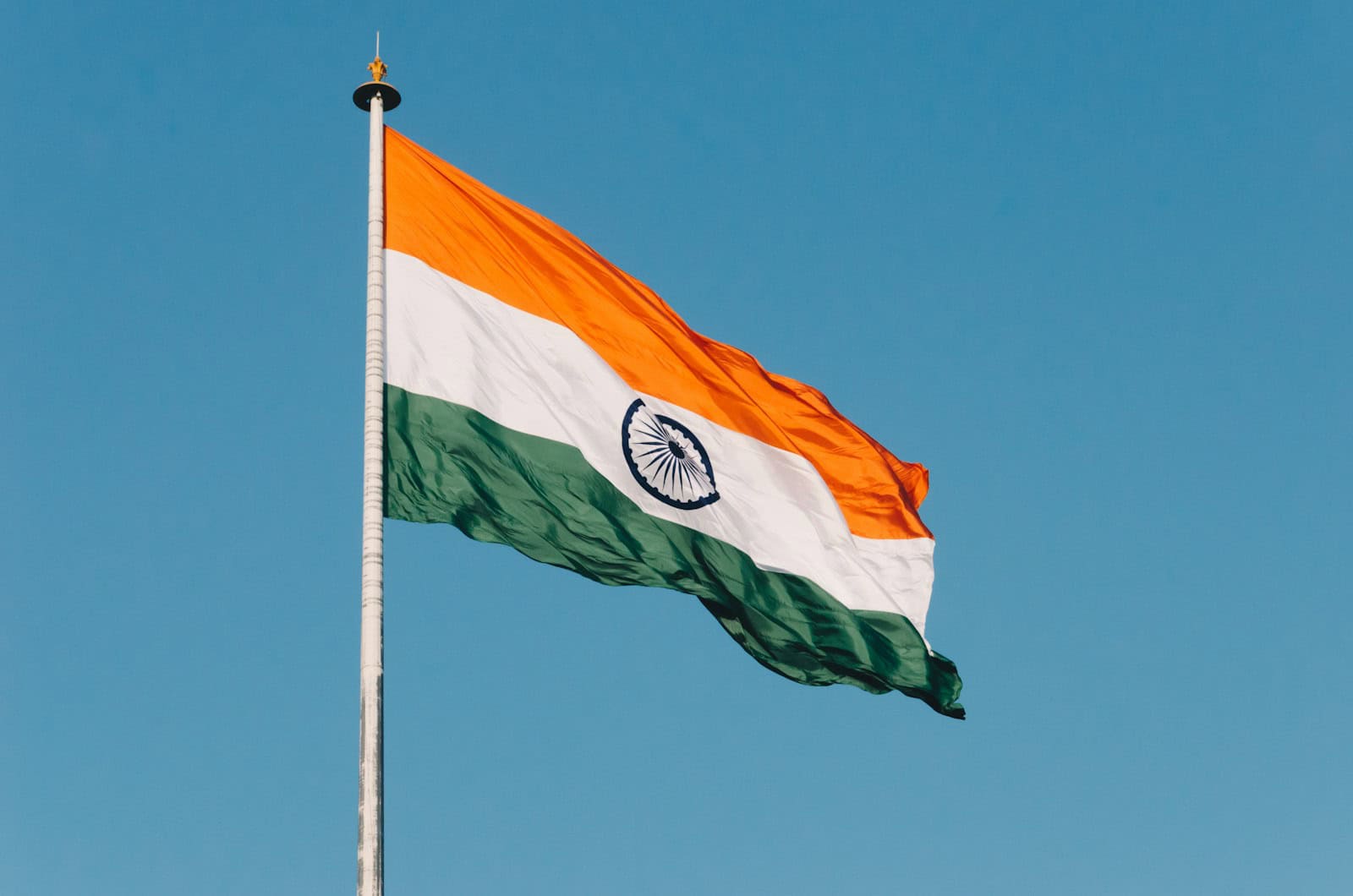Apple is making a bold and strategic move to redirect its MacBook manufacturing operations from Vietnam to India. Initially, the tech giant had planned to expand its production footprint in Vietnam, but rising labor costs and increasing operational expenses have pushed Apple to reconsider.
Now, India is emerging as a key manufacturing hub, thanks to its skilled workforce, government incentives, and rapidly advancing technological infrastructure.
Why India? The Perfect Storm for Apple’s Manufacturing Needs

Apple’s decision to expand in India is driven by multiple factors:
- Skilled Workforce: India boasts a growing pool of engineers and technicians well-equipped for high-tech manufacturing.
- Government Support: India has rolled out significant incentives, including the Production-Linked Incentive (PLI) scheme, designed to attract global electronics manufacturers.
- Cost Efficiency: Compared to Vietnam, India’s wages remain competitive, offering Apple a better cost-to-output ratio in the long term.
Vietnam’s Rising Costs and Workforce Challenges
Vietnam has long been a major hub for Apple’s supply chain, especially for accessories and smaller devices. However, rising labor costs, limited skilled workforce availability, and increasing land prices have made large-scale MacBook production less viable. Additionally, Vietnam’s dependency on imported components adds to the manufacturing expenses, making India a more attractive alternative.
Apple’s Larger Goal: Supply Chain Diversification
Beyond just cost-cutting, Apple’s move is part of a broader supply chain diversification strategy. The company has been working to reduce its reliance on China, particularly due to ongoing US-China trade tensions and geopolitical uncertainties. By shifting MacBook production to India, Apple strengthens its global supply chain resilience while tapping into India’s booming domestic market.
What’s Next? India’s Growing Role in Apple’s Future
Apple’s increased investment in India aligns with its long-term vision of making the country a major manufacturing and retail center. With iPhones already being assembled in India through Foxconn, Wistron, and Pegatron, the addition of MacBook production signals Apple’s deeper commitment to the region. If this transition proves successful, it could pave the way for more Apple products being made in India, reducing dependency on other nations and boosting India’s status as a global electronics manufacturing powerhouse.
MacBook Production: A Global Shift
Why the Change?
Apple is changing where it makes MacBooks. They’re moving some production from Vietnam to India. This isn’t happening because Vietnam is bad. It’s more about costs. Making things in Vietnam has become more expensive. India, on the other hand, offers some benefits.
India’s Appeal
India is a big market for Apple. Making MacBooks there can help Apple sell them in India more easily. India also has programs that encourage companies to make electronics there. This can save Apple money. Plus, Apple wants to make its products in different places. This way, if something happens in one country, it doesn’t affect Apple as much.
What This Means
This shift shows that India is becoming a major place for tech companies to make things. It also shows that Apple is serious about selling more products in India.
Impact on Vietnam
This doesn’t mean Apple is leaving Vietnam completely. They’ll likely still make some products there. But the change shows that costs matter a lot when companies decide where to make things.
Apple’s Broader Strategy
This move fits with what Apple has been doing for a while. They’ve been making more iPhones and other products in India. This change with MacBooks is just another step in that direction.
Diversification
Apple wants to avoid relying too much on any single country for manufacturing. This helps them manage risks and keep their supply chain strong.
Key Factors in the Shift
| Factor | Impact |
|---|---|
| Rising Costs in Vietnam | Makes Vietnam less attractive for manufacturing. |
| Incentives in India | Encourages Apple to manufacture in India. |
| India’s Market | Provides a large customer base for Apple products. |
| Supply Chain Diversification | Reduces Apple’s reliance on any single location. |
Key Takeaways
- Apple is shifting MacBook production from Vietnam to India due to rising costs
- India offers advantages through government subsidies and skilled labor force
- The move reduces Apple’s manufacturing dependence on China
Shifting Dynamics of MacBook Production
Apple’s choice to move some MacBook production to India is an important step. It shows that India’s manufacturing sector is improving and that Apple views the country as a key market for its growth in the future.
Apple is adjusting its manufacturing strategy across Asia due to changing labor costs and economic factors. The tech giant faces new challenges in Vietnam while exploring opportunities in India’s growing electronics manufacturing sector.
Apple Inc’s Manufacturing Strategy in Asia
Apple has scaled back its MacBook production plans in Vietnam for late 2024. The company now aims to increase its manufacturing presence in India, where it has already established iPhone production facilities.
The shift reflects Apple’s broader strategy to diversify its manufacturing base beyond China. This move helps reduce reliance on a single region and strengthens supply chain resilience.
Foxconn and Pegatron Corp, key Apple suppliers, have expanded their operations in India. These manufacturers bring expertise in advanced production processes and personnel training.
Economic Factors Influencing Apple’s Supply Chain
Rising labor costs in Vietnam have pushed Apple to reconsider its manufacturing allocation. The company faces potential tariffs and trade tensions that could impact its Vietnamese operations.
India offers competitive advantages through local incentive policies and a large workforce. The country’s growing electronics manufacturing sector provides infrastructure support and skilled workers.
The Indian government has shown strong support for Apple’s expansion plans. Manufacturing incentives and foreign direct investment policies make India an attractive alternative for MacBook production.
Recent supply chain disruptions have highlighted the need for geographic diversification. Apple’s shift to India aligns with its goal of creating a more resilient production network.
Frequently Asked Questions
Apple’s strategic shift in manufacturing locations stems from changing labor costs, geopolitical factors, and infrastructure capabilities across Asia, with significant implications for production costs and supply chain efficiency.
What factors influenced Apple’s decision to shift some manufacturing from Vietnam to India?
Rising labor costs in Vietnam have pushed Apple to reconsider its manufacturing plans. The company faces potential tariffs and trade tensions that could impact Vietnamese production facilities.
The aging workforce in Vietnam presents scalability challenges for Apple’s production needs. India offers competitive labor rates and a larger workforce.
How will Apple’s investment in India affect its operations?
India’s manufacturing capabilities align with Apple’s need for scale and cost efficiency. The country provides access to a vast skilled workforce at competitive wages.
The move strengthens Apple’s supply chain diversity and reduces dependence on single-region manufacturing. Local production in India may help Apple avoid import duties on finished products.
What are the implications of potential tariffs on Apple’s manufacturing strategy?
Trade tensions between major economies could lead to new tariffs affecting Vietnamese exports. This risk has prompted Apple to diversify its manufacturing base.
The company’s shift to India helps mitigate potential tariff impacts. Multiple production locations provide flexibility in responding to trade policy changes.
How has the increase in labor costs in Vietnam impacted Apple’s supply chain?
Vietnam’s rising wages have affected Apple’s production cost calculations. The company has scaled back its planned MacBook production expansion in Vietnam.
Labor expenses in Vietnam now make Indian manufacturing more attractive. This cost difference influences Apple’s long-term supply chain planning.
In what ways could Apple’s production move to India benefit consumers?
Local production in India may reduce retail prices in the Indian market. Shorter supply chains could lead to faster product availability.
Manufacturing in India could result in more customization options for regional markets. The move may create more competitive pricing in surrounding markets.
What issues has Apple faced with production in India, and how are they being addressed?
Initial quality control standards required additional oversight and training. Apple has implemented enhanced quality management systems and worker training programs.
Infrastructure limitations have necessitated investments in local facilities. The company works with suppliers to improve component availability and logistics networks.







